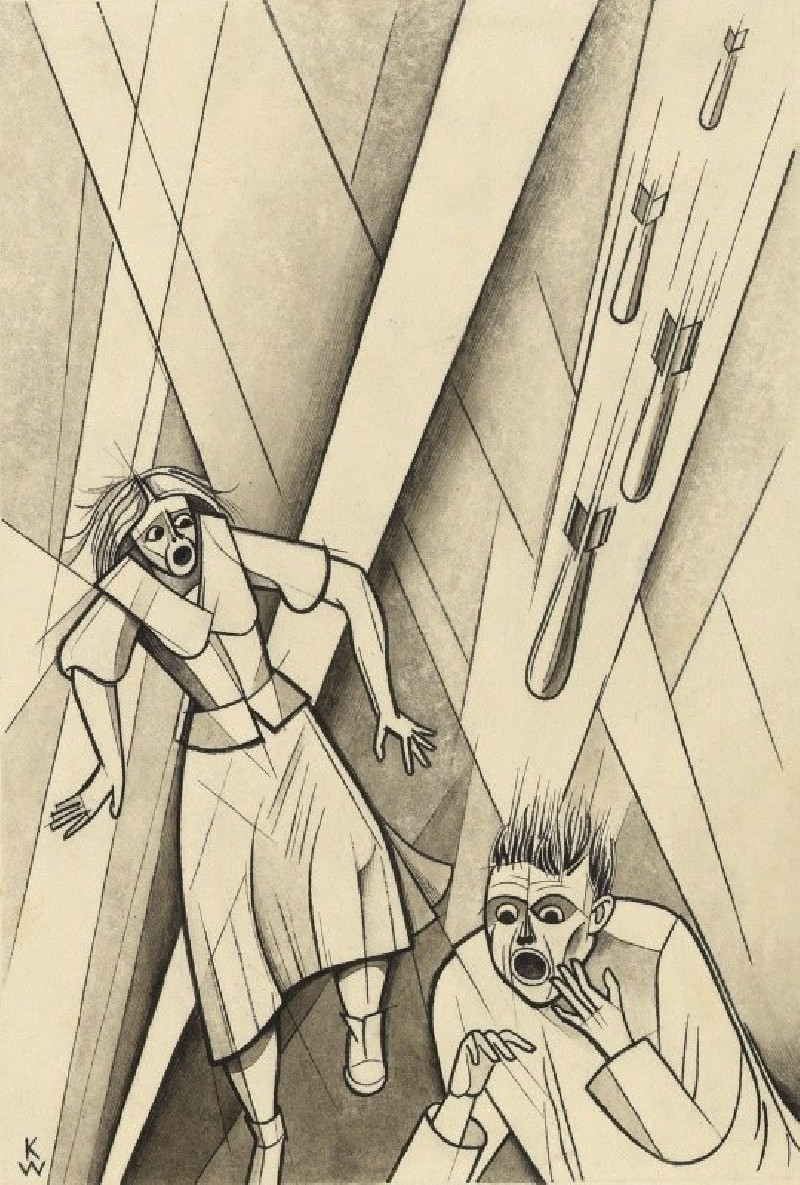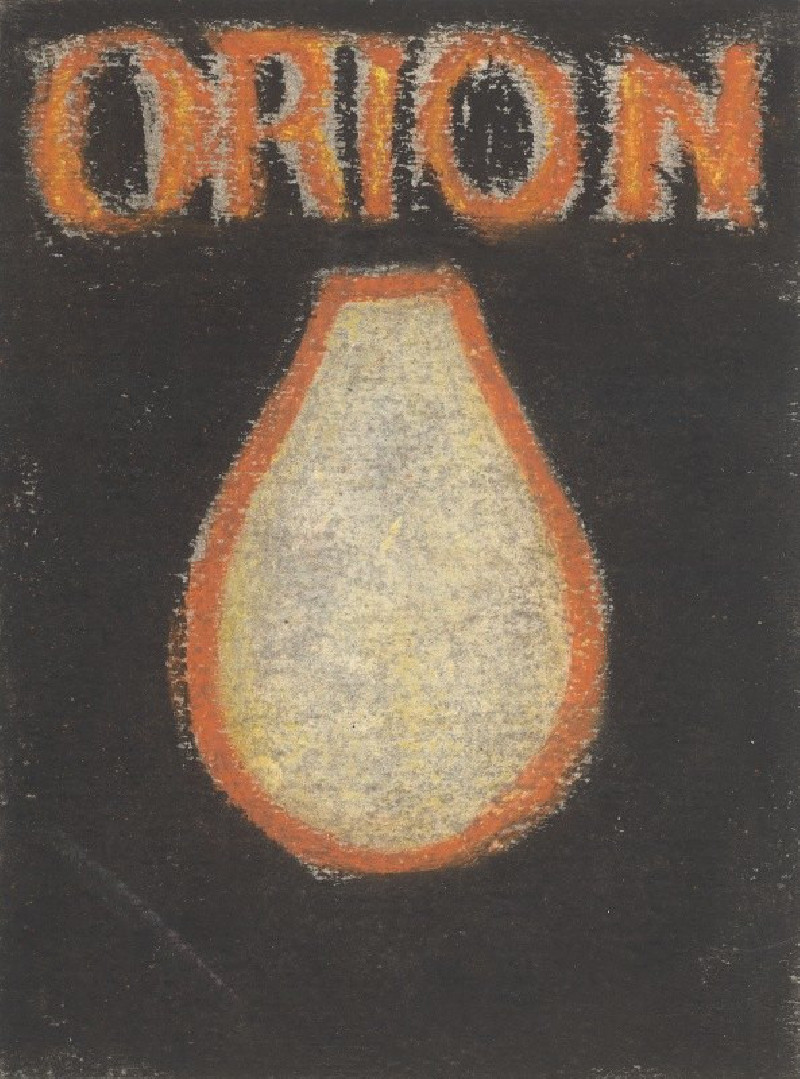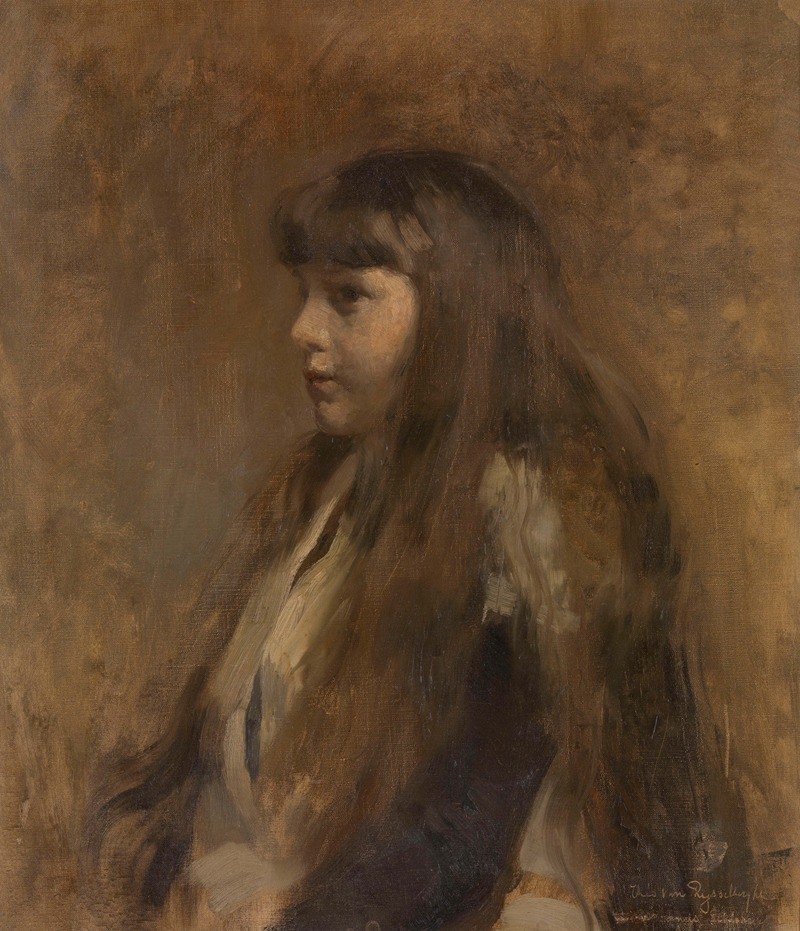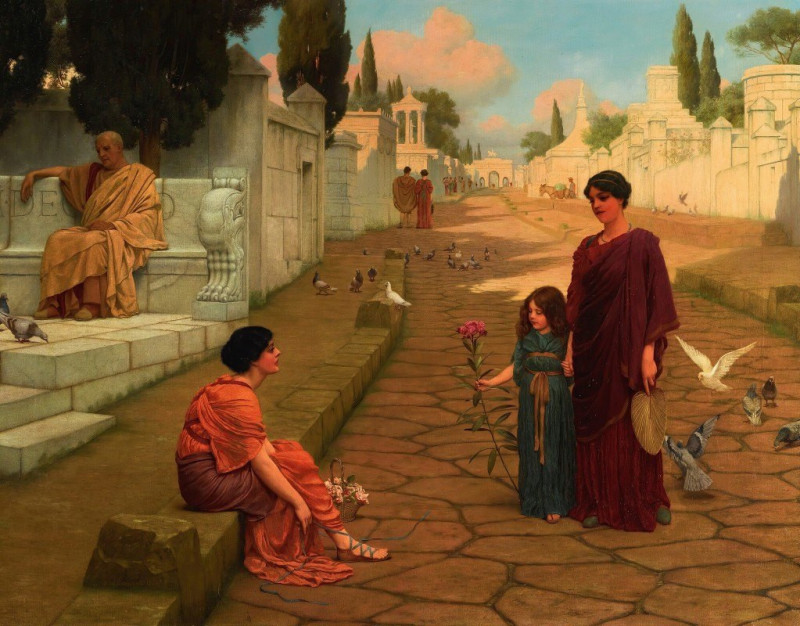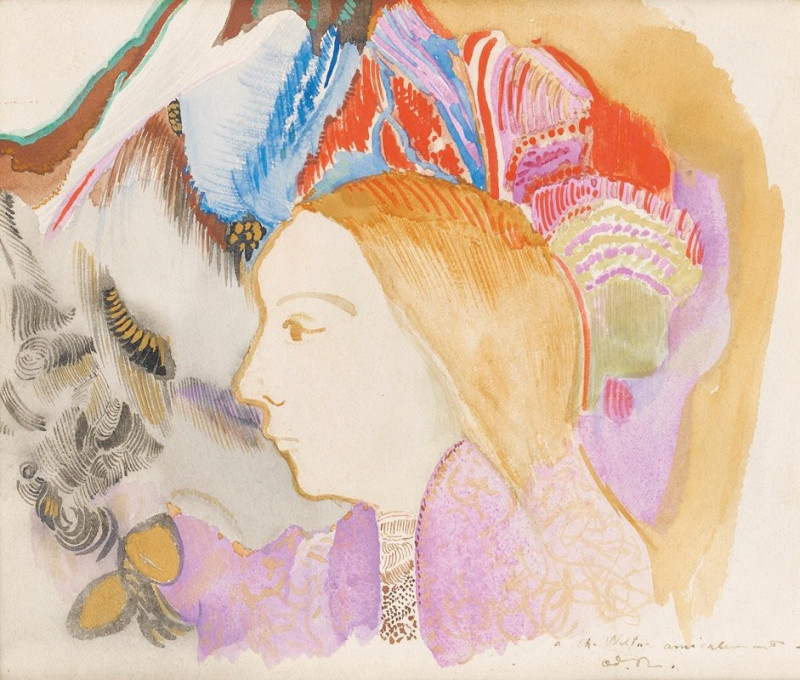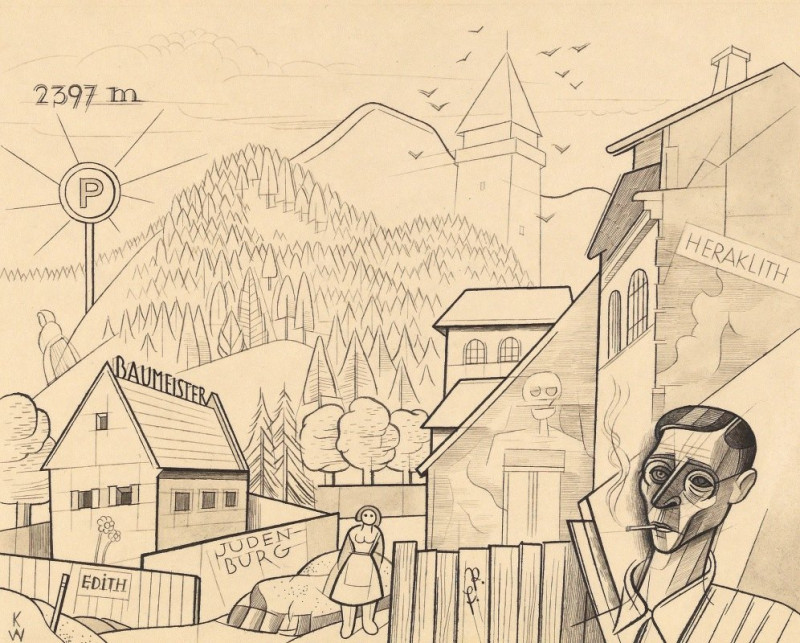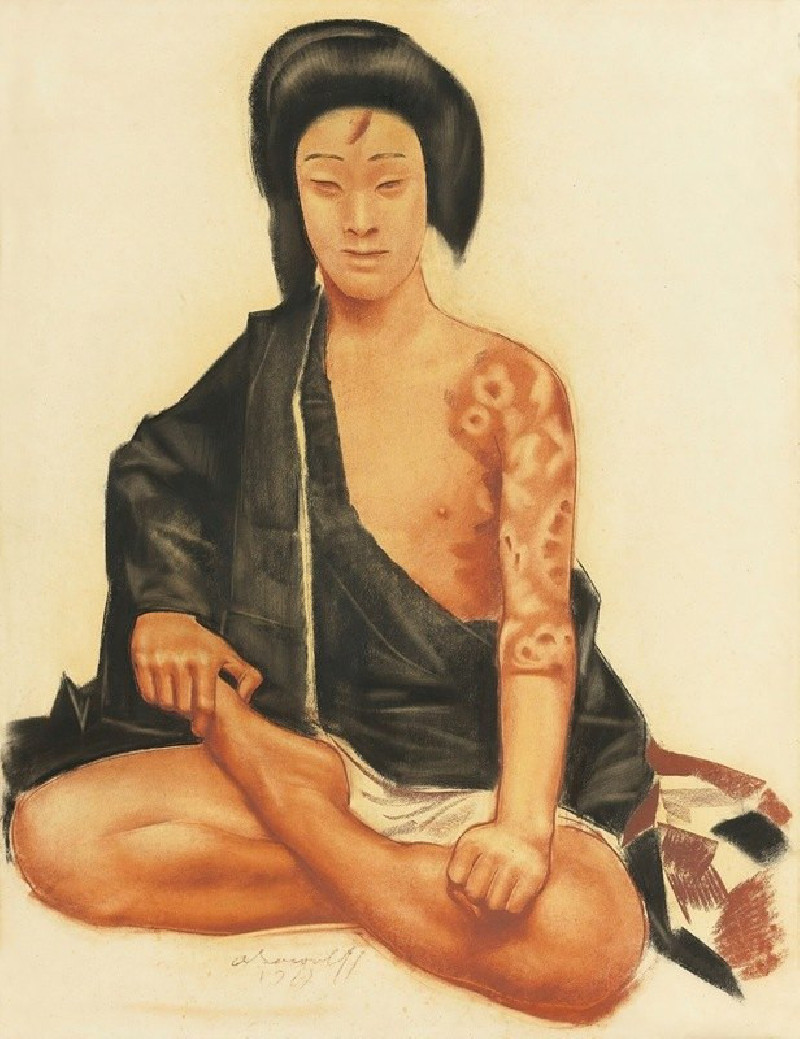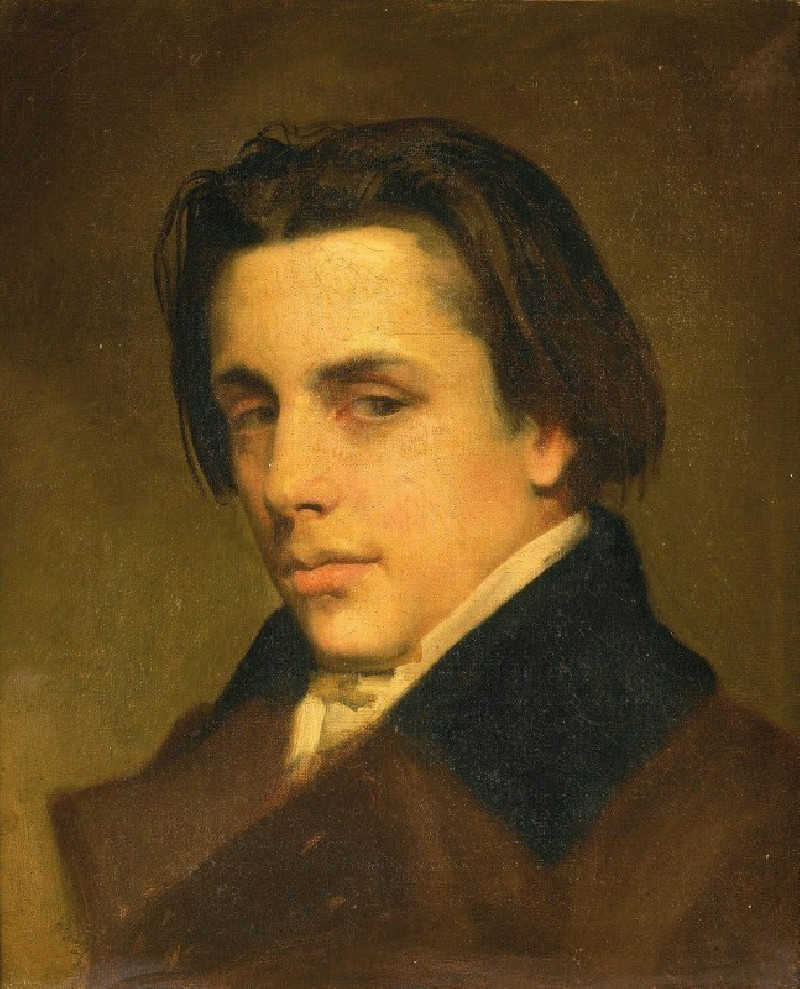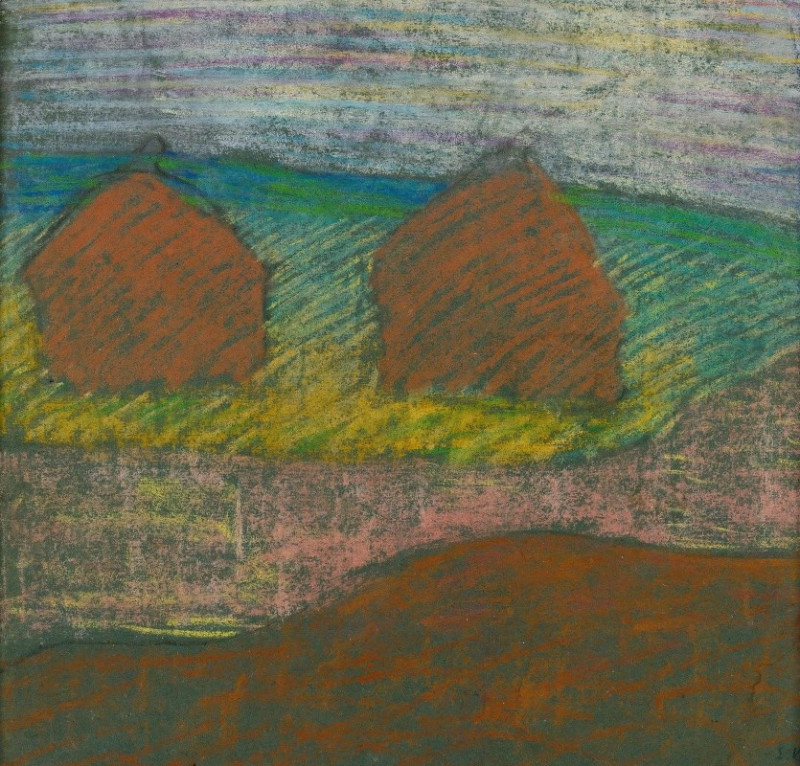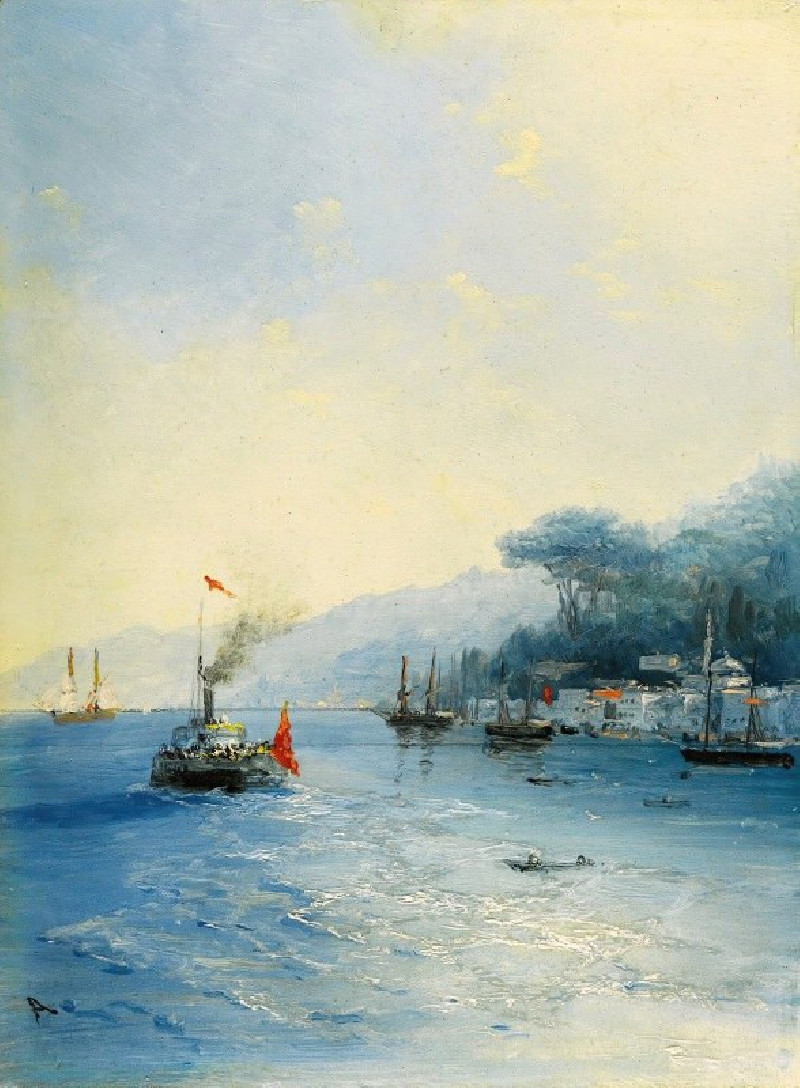Schrecken (1939)
Technique: Giclée quality print
Recommended by our customers
More about this artwork
Karl Wiener's 1939 masterpiece, "Schrecken," meaning "Horror" in English, forcefully captures a moment of intense fear and panic. The expressionist style of the artwork powerfully conveys the emotional turmoil depicted within. In this black and white painting, two figures are seen amidst a chaotic backdrop of sharp, angular lines that may signify the shattering of their everyday reality.The foreground of the painting is dominated by a woman in a light-colored dress, her face contorted in terror, her arms defensively raised. Behind her is a man, equally gripped by fear, his eyes wide and mouth agape as he looks out, presumably at the same source of fear. The background features falling bombs, their swift trajectories adding to the sense of imminent danger and destruction.Wiener’s use of stark contrasts and the dynamic composition of his lines not only directs the viewer's attention towards the central subjects but also enhances the feeling of instability and disorientation. "Schrecken" is an evocative portrayal of the psychological and physical impacts of war, reflecting the pervasive anxiety of its time.

